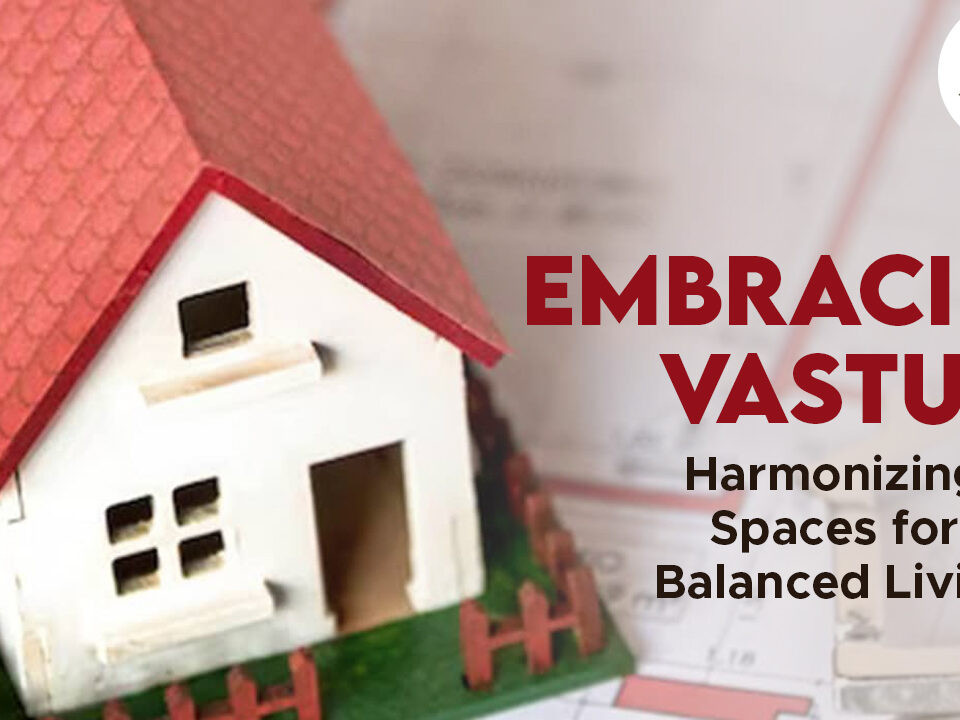Most Commonly Asked Questions
November 23, 2023
Embracing Vastu: Harmonizing Spaces for Balanced Living In today’s fast-paced world, where stress and uncertainty ofte…
April 3, 2024Sthapatya Veda is the actual Sanskrit term for the architecture of nature, the knowledge of establishing the individual in harmony with the Cosmos through a structure.
Vastu refers to the technology of applying the Vedic knowledge of Sthapatya Veda to the design of buildings,
Every building has its influence on its occupants. Some will naturally have a better influence, others will have a negative influence. MORE
This can be from any number of factors, including the direction of the entrances, features of the nearby terrain, the placement of the rooms in the house, and the building’s construction materials.
Rather than risk any number of negative influences, we suggest that designing a house or building using the principles of World of divine vastu from the beginning will ensure all good influences for those within. Utilizing the principles of World of divine vastu rules out potentially negative influences in the home.
Since the sun rises from the east, it is advised that the architect design the eastern façade in a manner, wherein it does not block the first rays of the day. All the rooms in space are oriented to capture the sun rays as they pass throughout the day (east-west overhead direction). Any cooking space (kitchen, pantry, etc.) should be oriented towards the eastern or south-eastern facade because one of the five elements of the earth, namely fire, yields better influence in the said direction.



